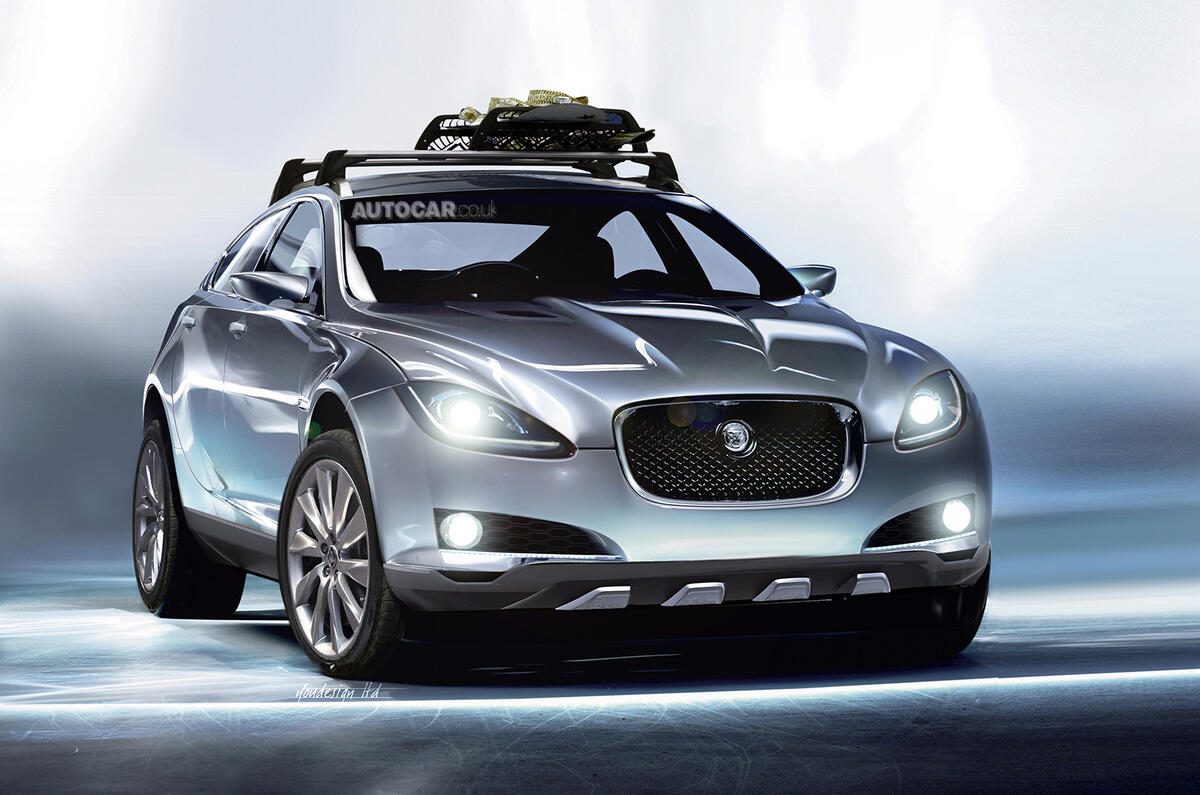It’s 20 years since the first proposal was made for a Jaguar SUV.
Under Ford ownership and with the SUV market exploding in the US, it was suggested that a Jaguar version of the Ford Explorer might be a good and potentially profitable idea.
Once it was leaked in the British press, the idea was quickly canned. Indeed, it would have been hard to imagine a company then making XJ saloons and XJS GTs suddenly building a car based on a ladder-frame chassis and underpinned by crude suspension.
What was obviously a bad idea two decades ago is now something that Jaguar cannot ignore. It is no longer possible to argue that Jaguar can only build certain types of car, especially when it is still a global minnow and needs all the volume it can get.
Audi’s Q5 alone sold 183,600 units globally last year — two and a half times Jaguar’s 70,000-unit total output. BMW sold 149,000 X3s and the Porsche Cayenne sold 62,000 units. All of these are premium models that sell at higher prices and with good profit margins. No car maker can ignore the huge rise of the SUV.
Jaguar is also keen to change its image, which is still trapped between the golf club in the UK and the country club in the US. Although the hard-edged Jaguar F-Type will shake off the cobwebs, what better than a sporty, technically advanced crossover that will both appeal to affluent families and finally smash the Jaguar mould?




Join the debate
Add your comment
Jaguar has always remained a
Jaguar has always remained a best brand which provided the best car and services so be it any jaguar car.
What!?
Going on what I've heard about the 'XQ' so far, it seems like a ridiculous idea. It's a rival to a car that's profits go towards the same company anyway? And the Evoque is based on a Freelander, yet this is apparently gonna be based on the new RR/RRS platform - making this more of a Range Rover than the Evoque!? If this is priced around the estimated £31k, then JLR has lost the plot! What Jag really needs is a rival to the A3/1-Series/A-Class/V40/CT200h/Q30 etc.
Why a Jag SUV???????
Running out of ideas for road cars?,joining the current trend of trying to get us all into an SUV?,making a rival for the Range Rover......?
Simple Maths
@Peter Cavellini & fadyady - the reason's just maths.
It's the same reason Audi exists - it's relatively cheap and easy to produce a 4x4 on existing platform architecture your company already owns, as a huge amount of the development cost of the car is in the basic platform and floorpan. After that it comes down to the slice of the pie: if you've got 5 different competitors, you can take 1/5 of the market, if you add a 6th competitor that you also own you can take 2/6 = 1/3 of the market without excess investment. More sales equals more cash (as long as the product is right) and recent Jag products seem to be nailing it.
Saying Jaguar shouldn't build an SUV because Land Rover do is like saying Audi shouldn't build the A3 because VW already does a good job with the Golf - they may be similar but there are plenty of buyers for both, and the different brand identities should mean they don't step on each others toes too much.